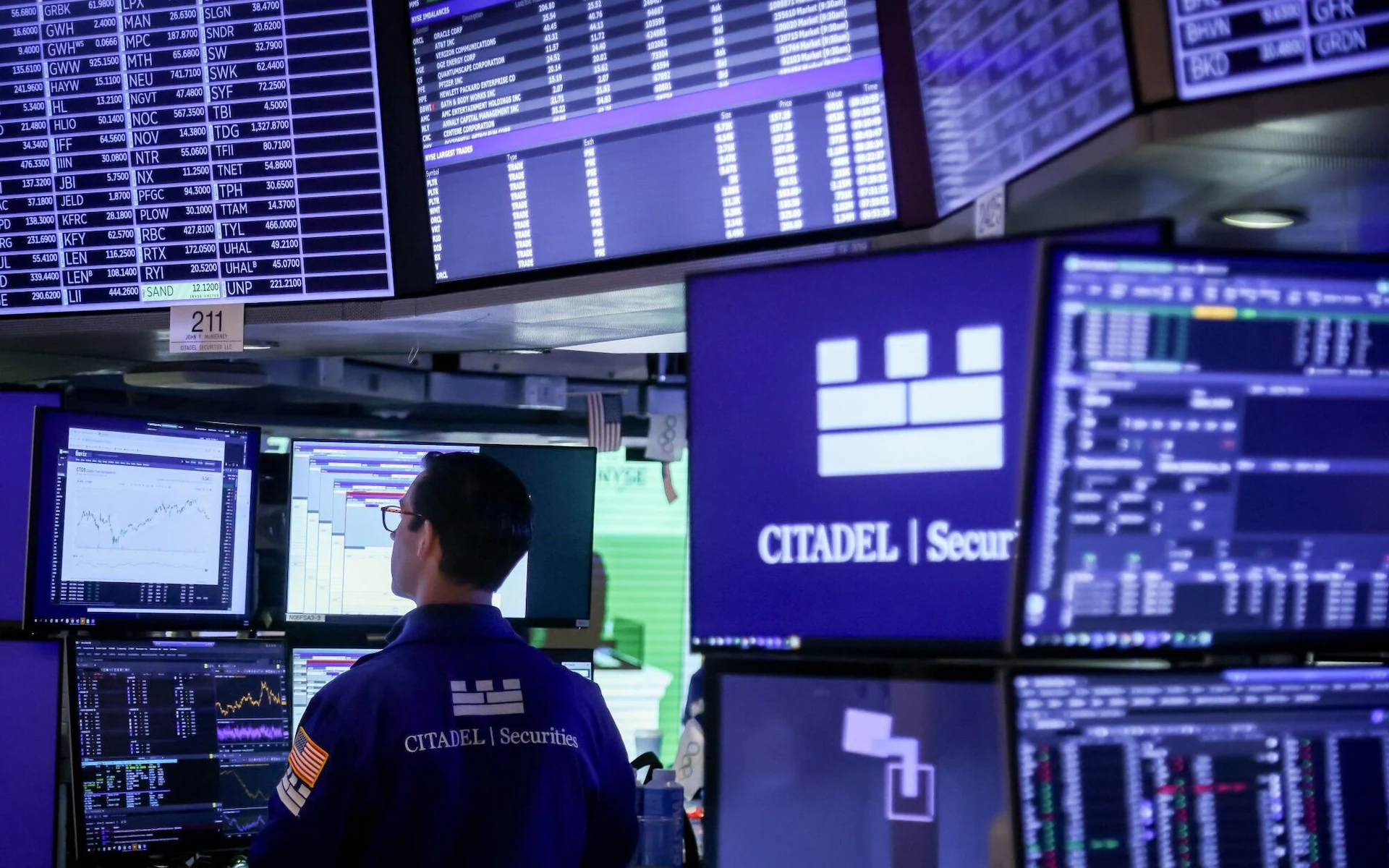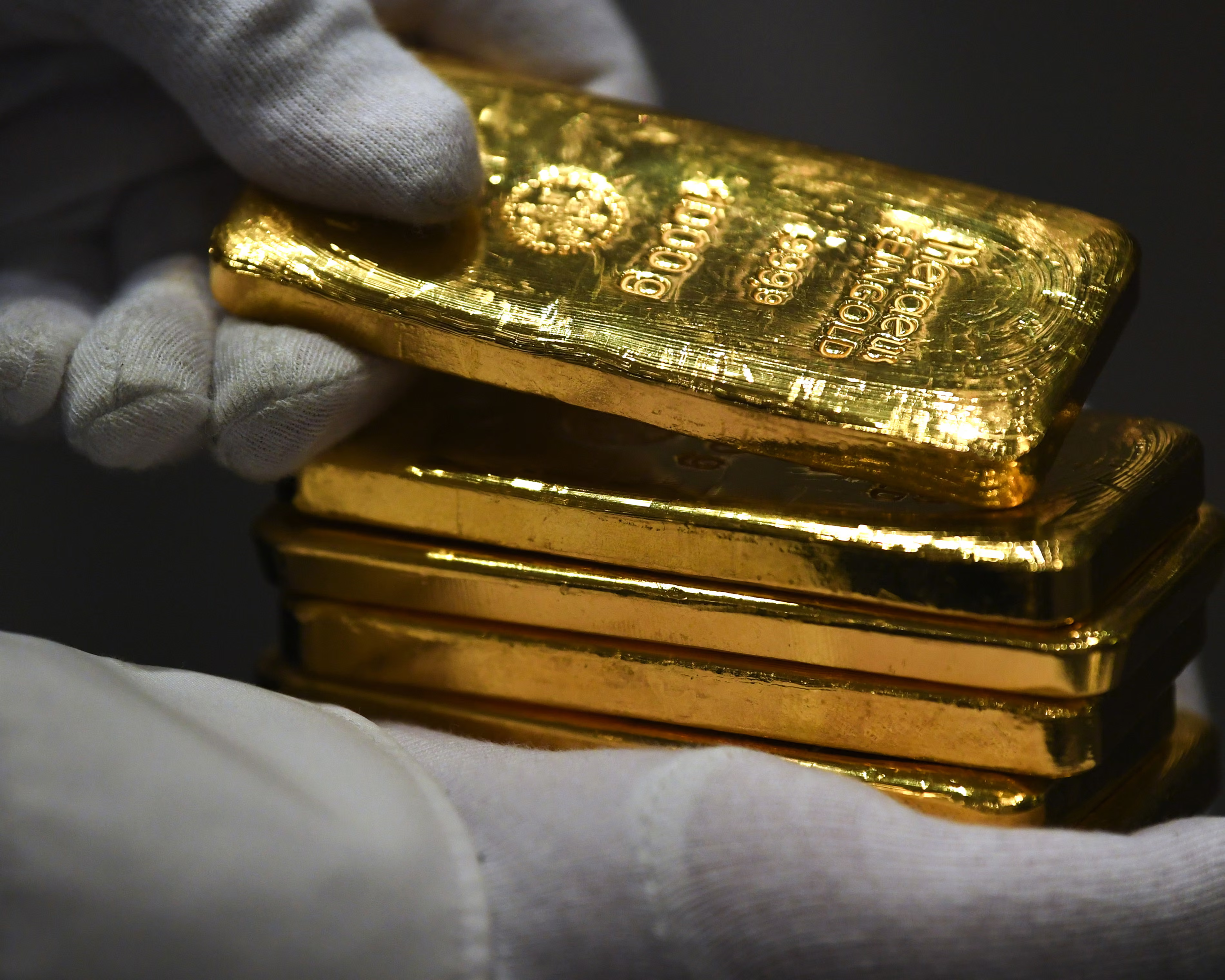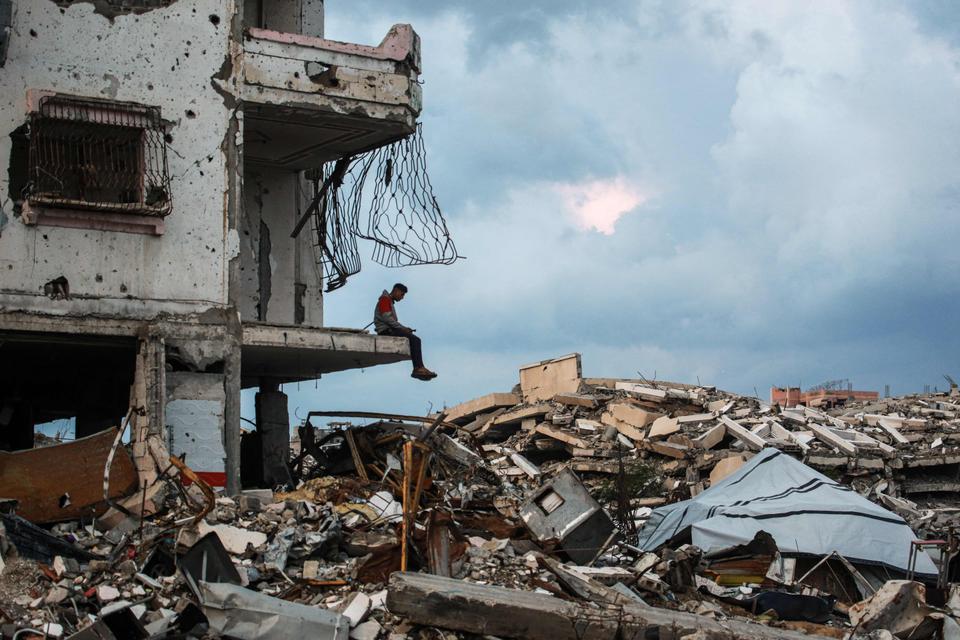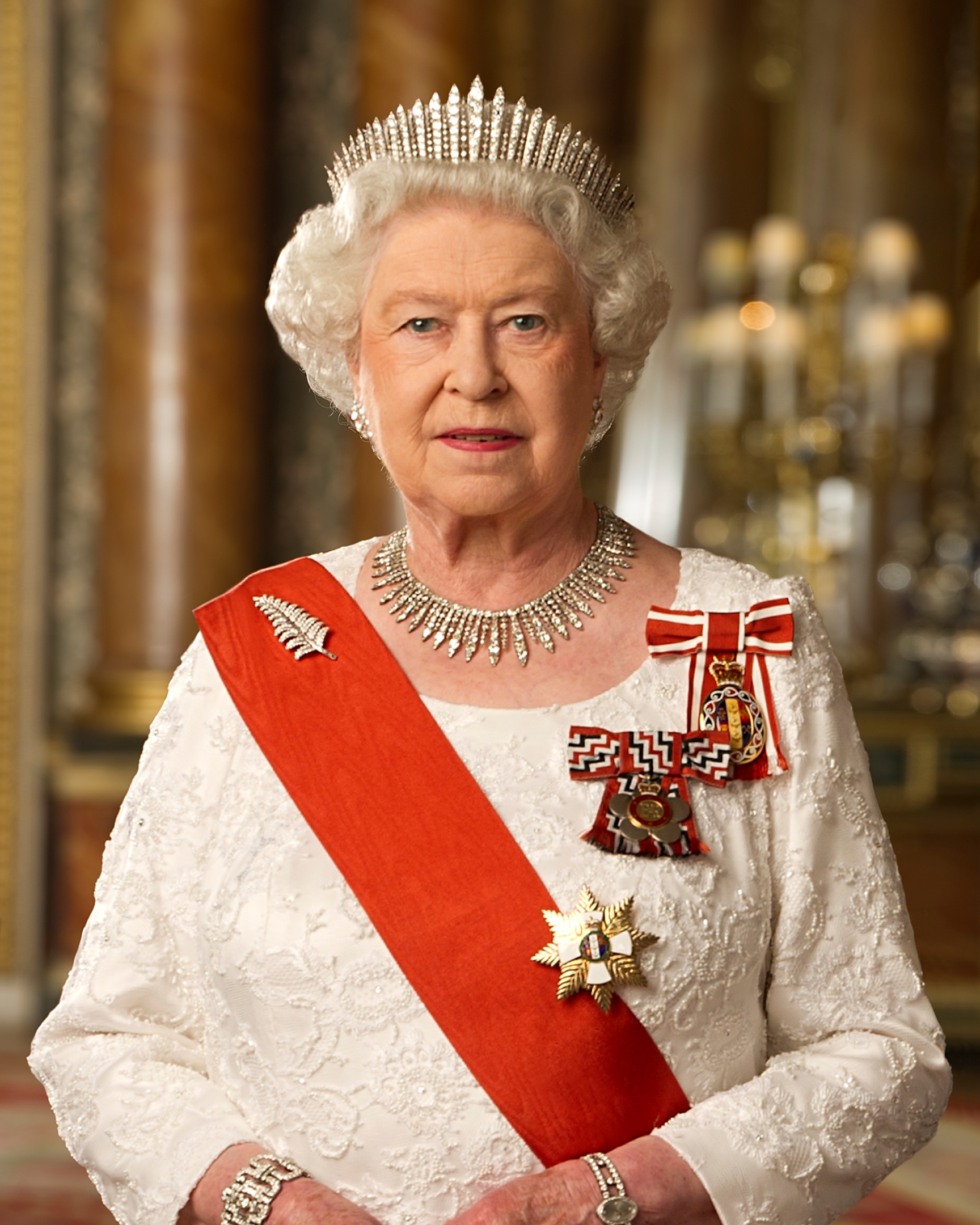Switzerland’s Triple Whammy: Tariffs, Currency Woes, and a Race Against the Clock

Switzerland’s usually calm and collected government is now in panic mode — and for good reason.
Starting Thursday, Swiss exports to the US will get slammed with a whopping 39% tariff, one of the highest rates in President Donald Trump’s latest round of trade penalties. And with the clock ticking, top Swiss officials — including President Karin Keller-Sutter and Economy Minister Guy Parmelin — rushed to Washington this week, scrambling for a last-minute deal to dodge what they’re calling an economic “triple blow.”
So far, no luck.
The US slapped Switzerland with 39% tariffs on its goods starting August 7, catching Swiss officials off guard — especially after what they thought were productive negotiations.
Trump, however, wasn’t impressed. He told CNBC that Keller-Sutter “didn’t want to listen” to his concerns over the $38.3 billion trade deficit the US holds with Switzerland. The Swiss, meanwhile, insist they’ve taken a “constructive” approach throughout “intensive talks.”
But now, Swiss exports — from Gruyère cheese and luxury watches to chocolates and industrial goods — are on the line. And the pain could get worse.
One sector that’s somewhat safe for now is pharmaceuticals, Switzerland’s crown jewel. But that protection may not last. Trump has floated the idea of a 250% tariff on imported drugs, which would be devastating to Switzerland, where pharma makes up nearly 40% of total exports.
“If Trump goes after pharma, GDP could take a 2% hit,” warned Capital Economics’ Adrian Prettejohn.
Even without pharma tariffs, the current 39% rate could trim growth by about 0.6%, equivalent to three months of lost economic activity.
Take Swiss cheesemakers. The US buys 11% of Swiss cheese exports, and products like Gruyère are already pricey. Now? They’re practically luxury items.
“I got calls from worried US customers the moment the tariffs were announced,” said Anthony Margot, a fifth-generation cheese producer. “Gruyère is a niche product — these taxes make it even more inaccessible.”
Producers are already slashing output, upping marketing, and warning US consumers: expect to pay more for your favorite Swiss cheeses.
As if tariffs weren’t enough, Switzerland is also dealing with a sky-high franc, which has gained 11% against the dollar this year. That’s great for investors, but a nightmare for exporters — it makes Swiss goods even more expensive abroad.
To counter this, the Swiss National Bank (SNB) recently cut interest rates to 0%, and analysts say currency intervention is back on the table. But that comes with political baggage: Switzerland was already called out as a currency manipulator during Trump’s first term, and it’s now back on a US “watch list.”
Bank of America strategist Kamal Sharma summed it up:
“Switzerland is stuck. Rates are low, inflation is near zero, and the franc is too strong. The SNB may have no choice but to intervene — even if it angers Washington.”
Switzerland is now staring down a perfect storm:
- Punishing US tariffs that threaten key exports
- A surging currency killing its competitiveness
- Diplomatic tension with one of its biggest trading partners
And unlike the EU, which just scored a 15% tariff deal with Trump, Switzerland is being treated more like a trade adversary than an ally.
If negotiations in Washington fail this week, Swiss exporters are in for a rough ride — and shoppers in the US might find their favorite Swiss goods harder to find and way more expensive.
As Margot put it:
“We can’t replace a market like the US overnight.”
No pressure, Bern.









The latest news in your social feeds
Subscribe to our social media platforms to stay tuned